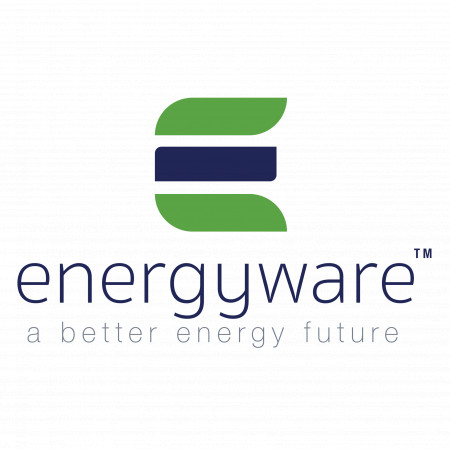energyware™ Encourages School Leaders to Learn About the Benefits of Energy-Efficient Technology in Classrooms

SUNRISE, Fla., June 21, 2021 (Newswire.com) - energyware™, a leading national provider of energy-efficient technology, is encouraging school administrators and leaders from across the country to learn the important role that energy-efficient technology can play in modern classrooms. Efficient lighting has been proven to have a positive impact on school environments, as increased student performance has been found to have a direct correlation with proper lighting configurations.
With energy-efficient technology in place, school districts in the U.S. have been able to cut down on student eye strain and headaches while increasing overall focus in the classroom. Studies have shown that environments with light-emitting diode (LED) lighting instead of fluorescent and/or incandescent lighting have enhanced students' circadian rhythm, the internal process that regulates the sleep-wake cycle. This cycle also plays a significant role in student performance and allows them to be alert throughout the academic school year.
"This initiative is all about creating an environment that gives students the best chance of success in the classroom," said Jake Jacques, CEO of energyware™. "By providing an environment where students have the greatest advantage in achieving success in academics, we are setting them up to prosper as they progress through life."
Jacques added, "Although proper lighting may seem like a small aspect to a physical school environment, the truth is that the benefits of proper lighting and energy-efficient technology extend not only to students' academic performance but also to school district budgets. Schools can take the cost savings they get from energy-efficient lighting and reinvest them into educational resources and hiring more teachers. This can make a tremendous difference in the lives of students over time."
The cost savings accrued from the implementation of energy efficiency technologies have allowed schools the opportunity to reinvest into their infrastructure, teacher pay and education. The funds that have been saved from energy-efficient investments can be repurposed for campus improvements, funding new faculty positions and new programs within the curriculum.
LED lighting systems have become a popular choice for thousands of schools in the U.S., as these components do not contain any harmful contaminants. Some compact fluorescent lamp (CFL) lighting products contain mercury and polychlorinated biphenyls (PCBs). According to the Environmental Protection Agency (EPA), these components can be detrimental to the health of children and cause long-term side effects if exposed over time.
In addition to the safety benefits, LED lighting has been proven to achieve consistent lighting performance compared to alternative options. Glares or flickering issues that are commonly associated with legacy lighting can negatively impact students and teachers, causing visual discomfort, pain and negative behavior. When students are unable to see the study material, find it difficult to concentrate, or have difficulty navigating the building, performance often drops across the institution as a whole. LED lighting resolves these issues entirely, while simultaneously improving focus.
As the understanding of attention deficit hyperactivity disorder (ADHD) and other studying-related medical issues grows, student concentration becomes more and more critical in relation to academic achievement. LED lighting has shown to assist students during classes as it allows them to focus more effectively on their work. Increased concentration in the classroom ultimately results in increased levels of memory recall and full information comprehension.
Learning environments that utilize LED technology reap the benefits of increased productivity. With studies having shown that cooler temperatures (4100K-5000K) can help with concentration on certain tasks and projects, teachers can take advantage of the flexible nature of LED technology by controlling the color temperature and dimming capabilities for optimal learning environments.
To learn more about energyware™'s educational initiative regarding energy-efficient technology and the crucial role it plays in classrooms, please visit http://www.energywarellc.com.
About energyware™
A national provider of energy-efficiency technology, energyware™ eliminates the guesswork of energy efficiency by bringing engineers, designers, best-in-breed manufacturing and trained energy technology installers all under one umbrella.
Contact Information
morgan@newswire.com
Source: energyware
